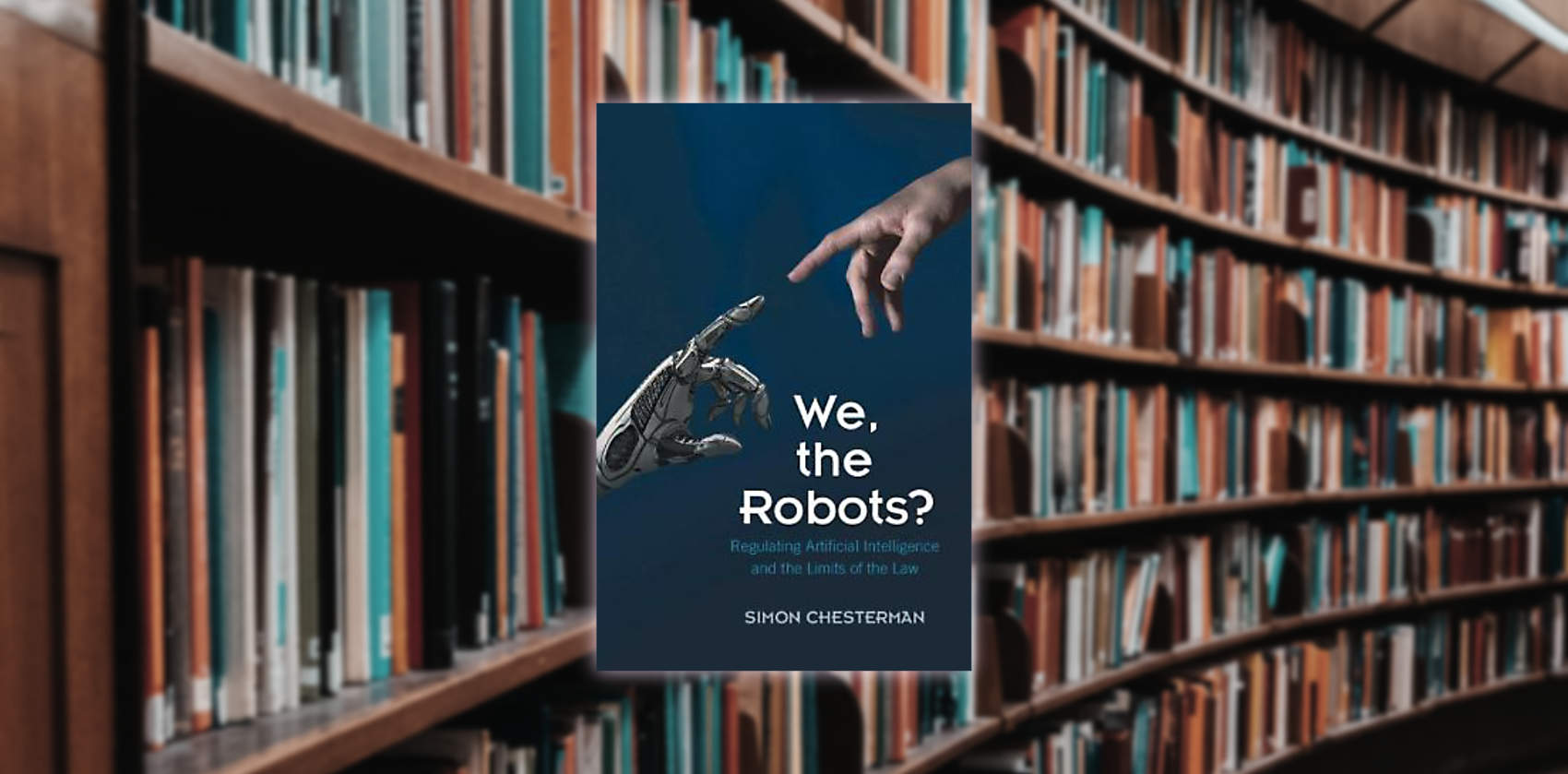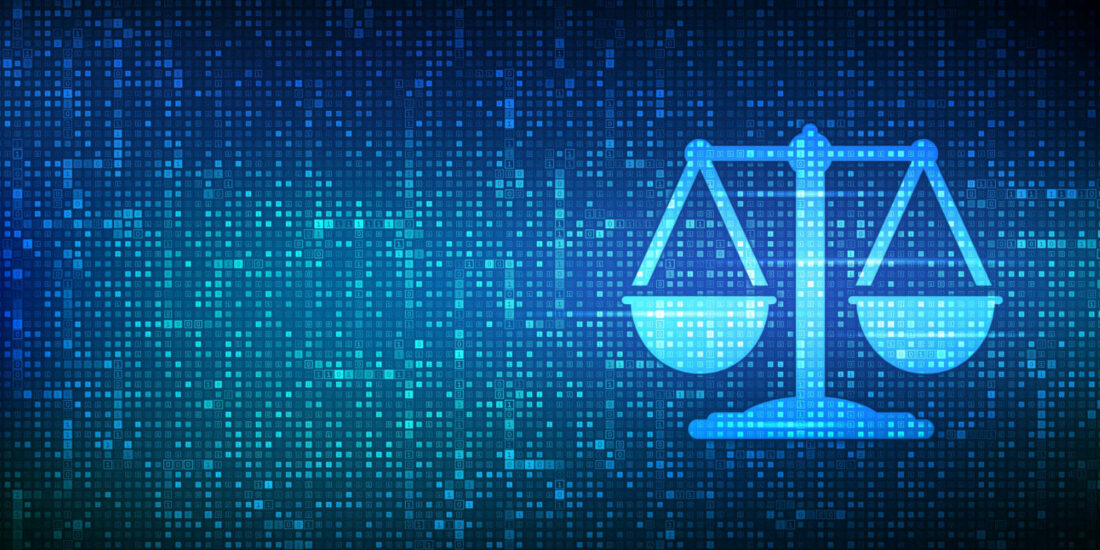We, the Robots?
Regulating Artificial Intelligence and the Limits of the Law
Simon Chesterman
In the movie world, Artificial Intelligence or A.I. are often portrayed in a bad light, as killer robots taking over the world in the 1980s to farming humans for power supply in the 2000s, in films such as Terminator and The Matrix. Ironically, lawyers and law-makers also tend to have a bad reputation in films as well. So perhaps a study of the law and regulation of A.I. and their relationship and interaction is written in the stars.
Meanwhile, in the real world, in recent years, there have been much interest among public institutions on building a policy and legal framework to lay the groundwork for the development of ‘weak’ to ‘strong’ A.I.; the latter describing intelligent machines that can imitate human intelligence and make independent decisions, the former encompassing much of the A.I. that are being utilized today that are programmed to handle specific tasks more efficiently and effectively than humans.
Many ethical guidelines have emerged within the last five years alone. Certainly, there is great interest in the legal rules and regulatory bodies, for once, pre-empting the development of ‘strong’ A.I., both to guide the innovations in this field as well as to facilitate A.I. innovation in a way that allows it to be operationalized smoothly as soon as they ‘hit the market’. A comparative study from the public law perspective on who should regulate A.I. (public and private institutions not being mutually exclusive in this field) and what form these regulations should take is indeed timely.
The author is well placed to write a book on the subject that tackles the complex issues and problems related to the regulation of A.I., but in a manner that can appeal to the widest audience. Simon Chesterman has written extensively in this area of law, and its related fields such as data protection, for law journals and in textbooks. He has also been prolific in releasing novels and other forms of works for wider consumption. The book is ordered neatly into a three act structure for this purpose.
The first portion of the book focusses on the challenges to regulation based on the very nature, and benefits, of A.I. – including the speed at which they function, the increasing ‘autonomy’ of the systems which may obviate human intervention and oversight, and the difficulties of transparency and explainability of A.I. – which have to be acknowledged in order for the regulatory institutions and models to be modernized to meet these challenges.
The second part of the book studies the legal instruments can and should be applied to new forms of A.I. and how existing measures such as the different forms of responsibility allocation, and concepts like foreseeability, agency and causation can be ‘reformatted’ to deal with the concerning A.I. The author also debunks the need to assign legal personality and responsibility to A.I. that can be attributed to the notion of the A.I. as truly a sentient being, which in turn is no doubt influenced by the media portrayal; whereas in reality A.I. encompasses a lot more variety of technological functions and operations that is unsuitable for a one-size-fits-all approach. Hence, the question mark to the title “We, the Robots?”.
The final part of the book practically focuses on the legal rules and institutions that have to be adapted or that are needed to supplement the existing ones. Here, the author provides a very useful survey of the existing frameworks, including principles and guidelines, that have been presented in recent years (with greater regularity) by state actors, that have an interest in encouraging the development and deployment of A.I. in the economy and society, and private institutions (and industries) that are in the area of developing A.I. or that are interested in the use and deployment of A.I. in its processes. The author also presents the norms that can be extracted from these instruments and proposes the areas of reform in law and regulation to meet the challenges of A.I., specifically to prevent the abuse and misuse of A.I. Collective action on the international stage, and customization of regulatory approaches on the national level are also explained.
The final chapter turns things around and specifically examines the use of A.I. to regulate and in the courtroom, which is already a reality in some countries, while other jurisdictions are exploring and piloting the use of such technology to control society and dispense justice.
I highly recommend the book to anyone with an interest in the future role and function of A.I. that can be shaped and developed by law and policy makers as well as in law and policy making. It is thought provoking while elucidating on the latest ideas in the study of A.I.
Click here for more information about the book.







